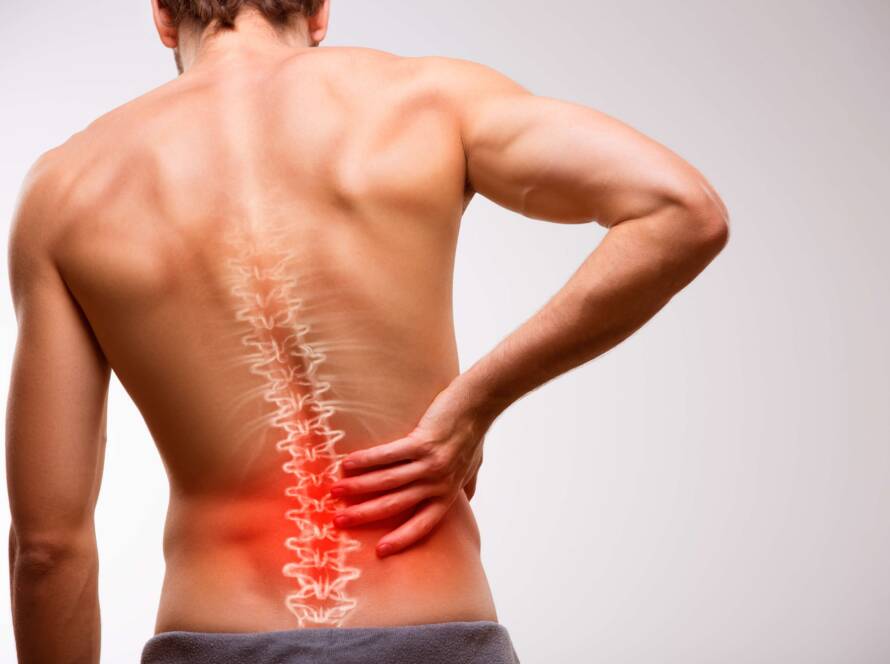Research supports the short term efficacy of opioid use for pain relief. With the increasing use and prescription of opioids for individuals with chronic non cancer pain there is yet little evidence supporting the use of opioids in chronic pain conditions. Studies in the USA report increased mortality and admission to hospitals associated with opioid overdose in chronic pain conditions.
A recent qualitative study by Andrews et al (2015), has suggested a bidirectional relationship between habitual overactivity and reliance on opioids in the group of long term non-cancerous pain.
- Overactivity is described as where an individual experiences a significant increase in pain and a period of incapacity as a direct result of engaging in excessive physical or sustained positioning activity.
- Overactivity can also to be related to activity avoidance behaviours whereby Opioids are then used to allow an activity thought to cause increased pain flares to be able to be carried out.
Results in this observational study revealed that individuals reporting higher levels of habitual overactivity were more likely to have been prescribed opioids. In addition self-reporting of habitual overactivity indicated higher odds of individuals taking PRN opioids, more frequent medication use and a higher dose of medication than prescribed.
The current observational study indicated that the taking of PRN Opioids was not context driven- Opioids were taken to allow increased activity, also to manage the pain flare after a period of greater activity and also to manage sleep disturbance.
This study results offer a quantitative link between overactivity behaviour and opioid use. There is growing evidence to suggest that overactivity behaviour negatively impacts functional improvement, participation and results in increased pain. Opioid medication seems to reinforce this behaviour. The study also highlights that a number of patients take greater doses of medication than prescribed and further highlights the questionable use of PRN opioids in chronic pain conditions.
The implications of this study along with the Andrews et al study support the idea that habitual overactivity may play a role in the development of reliance on opioid medication.
This study highlights that a behavioural treatment option is available through pain clinics to manage this group of patients, whereby pain management intervention that targets overactivity behaviour through the use of activity pacing education and activity to scheduling may reduce the reliance on opioid medications.
____
Ref: Andrews, NE, Strong, J, Meredith, P, Fleming JA. PAIN,2016;157:466-474; Andrews NE, Strong J, Meredith PJ, Gordon K, Bagraith KS. It is very hard to change yourself: an exploration of overactivity in people with chronic pain using phenomenological analysis. PAIN2105;156:1215-31- *1
____
The comments above are the implicit advice of Workplace Physiotherapy. The views expressed are based on current evidence-based research and accepted best practice approaches. Unless otherwise stated, these comments are not the view of SIRA NSW or any other professional body. No reproduction or forwarding of this advice is permitted without the consent of the author.



